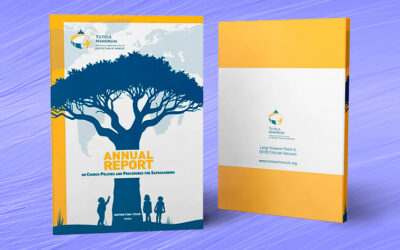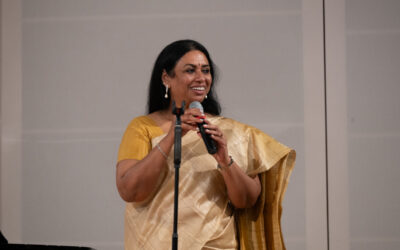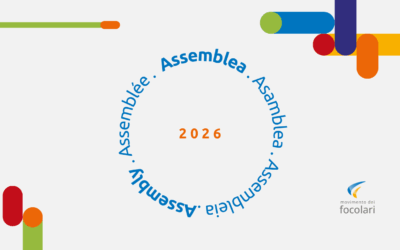
Susana Nuin Nuñez
Dr. Nunez was part of the 2007 Aparecida Communications Staff, which had Cardinal Jorge Mario Bergoglio as its president for the Commission’s Final Document. She also took part in the work of Coordination of the Latin American Bishops Conference (CELAM) that was just held in Rio on July 29, 2013 to August 2, 2013.
The Aparaceda Document was mentioned several times during WYD. From your perspective, is there some specific point in the Document that was highlighted in particular?
For the Pope, Aparecida has great value inasmuch as it represents the way to dialogue with the Church, as proposed in the Second Vatican Council beginning from the point of view of the Latin American peoples, from what they feel. He particularly highlighted the proposal of “missionary disciples.” These two things that go together require a change of lifestyle. They demand a pastoral conversion for everyone. What does that mean? It means following Jesus despite the fact that we might feel weak, fragile. . . “on the road” to conversion.
The Pope repeats ideas such as: “culture of encounter,” “dialogue,” “relationships among generations.” Are these based on the Document?
I believe so, yes. The Pope basis himself on the ecclesiology of the Second Vatican Council, an ecclesiology of dialogue in all of its dimensions: with the other churches, with the other religions, with persons who do not believe, but also dialogue within the Catholic Church and dialogue with the culture, with politics. A few Presidents from South America also attended World Youth Day. Likewise, I think that the Pope did something that was very interesting: he joined the world of the young to that of the elderly. To me this seemed totally revolutionary: more than looking for differences among the generations, he underscored the potential and the sameness, the reality itself. He was quite clear: the young people in our societies have been excluded, so too the elderly. And so they can share full solidarity with one another and enrich and be very strongly enriched by each other. It seemed quite revolutionary to me for a Pope to talk at a World Youth Day about the value and the dimensions of the aged.
e have read one of your recent interviews in which you speak of “sparks of the Spirit” in reference to the contribution that could be made to the United States by the Aparecida proposal. Could we suppose this to be true also for the rest of the world?
I believe that each continent expresses its own culture. Aparecida expresses the Latin American and Caribbean cultures. I would prefer to say that Aparecida can be a good testimony for stimulating other continents to gather in communion and collegiality, to create their own types of communion. It seems to me that the most important thing is to motivate the continental church – as is already happening in Africa and other places – to unite and understand together what the Gospel means to the people of each continent.
* Dr. Susana Nuin Núñez, Uruguayan member of the Focolare Movement, Consultant of the Pontifical Council for Social Communications, Executive Secretary of the CELAM Press and Communications Department.




0 Comments